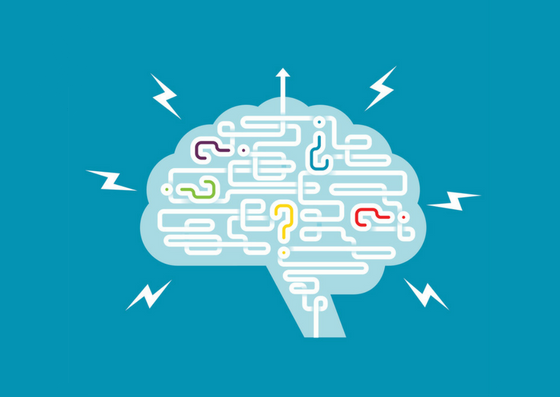Meditations and Learnings
Meditations and Learnings
Predictive Perception

In theories of predictive perception, the brain approximates a kind of Bayesian inference by continually generating predictions about sensory signals. The signals themselves arrive at the eyes, ears, nose, fingertips, and other sensory surfaces on the outside and inside of the body. The brain compares the projections to the signals - the differences between predicted and actual sensory signals give rise to so-called prediction errors. The brain uses the errors to update its predictions, ready for the next round of sensory inputs. By striving to minimise sensory-prediction errors everywhere and all the time, the brain implements approximate Bayesian inference, and the resulting Bayesian best guess is what we perceive.
Top-down signals might contextualise or finesse what is perceived, but nothing more. Call this the “how things seem” view because it seems the world is revealing itself to us directly through our senses.
The prediction machine scenario is very different. Here the heavy lifting of perception is performed by the top-down signals that convey perceptual predictions. The bottom-up sensory flow only serves to calibrate these predictions, keeping them yoked, in some appropriate way, to their causes in the world. In this view, our perceptions come from the inside out as much as from the outside in. Perception is not a passive registration of external objective reality. It emerges as a process of active construction - a controlled hallucination, as it has come to be known.